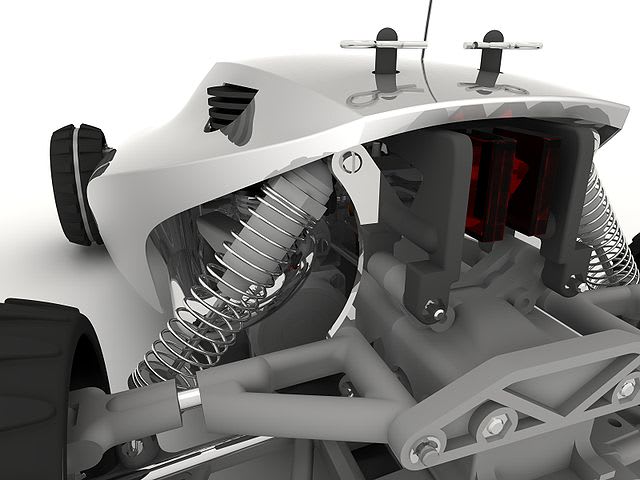Viar
Automotive
- Nov 12, 2007
- 4
I need some advice from some of the reliability professionals in the room. I work for a small company in the capacity of research and development and now have been asked to develop a reliability program. My company manufactures 12V and 24V air compressors primarily for automotive, OEM and industrial applications. We have been working on a military contract for about a year or so and going through all the mil spec testing (which is a learning curve for all of us). I have a test lab (PLC controlled)on site that will allow me to run our product and log data to narrow in on and pin point failures. Frankly I am not sure where to begin. I was asked to do this to help improve our current products and help validate new upcoming designs. Anyone know of a computer program or book to assist a non-statistician in accoplishing building the foundation to a reliability program. as an FYI I am not an engineer by trade I just happen to have a very firm knowldege and understaning of most things automotive,so here I am and, needless to say,my head is swimming due to the amount of information out there that I have been looking at to help guide me through this so.....HELP! Thank you in advance to anyone who can assist me in the slightest way
Sean
Sean




